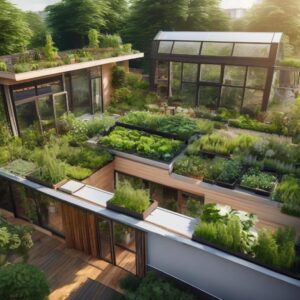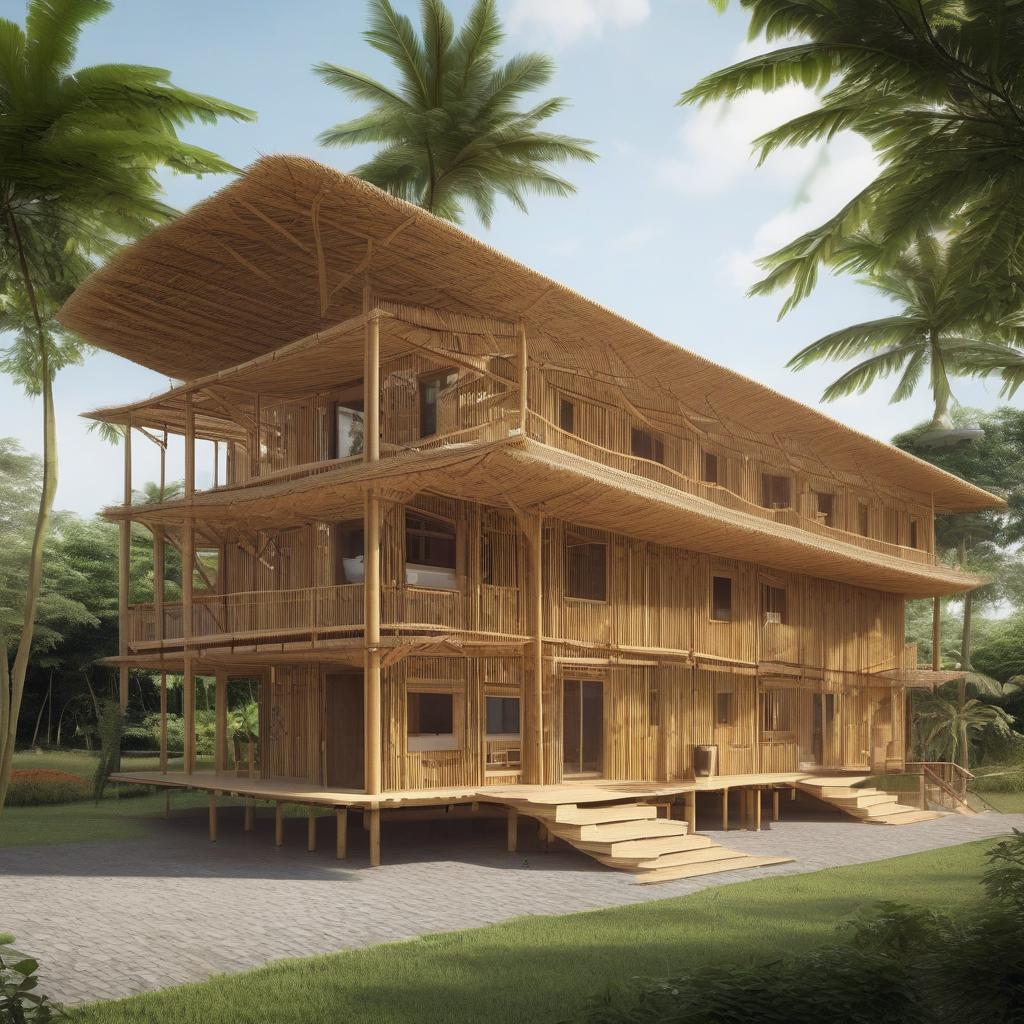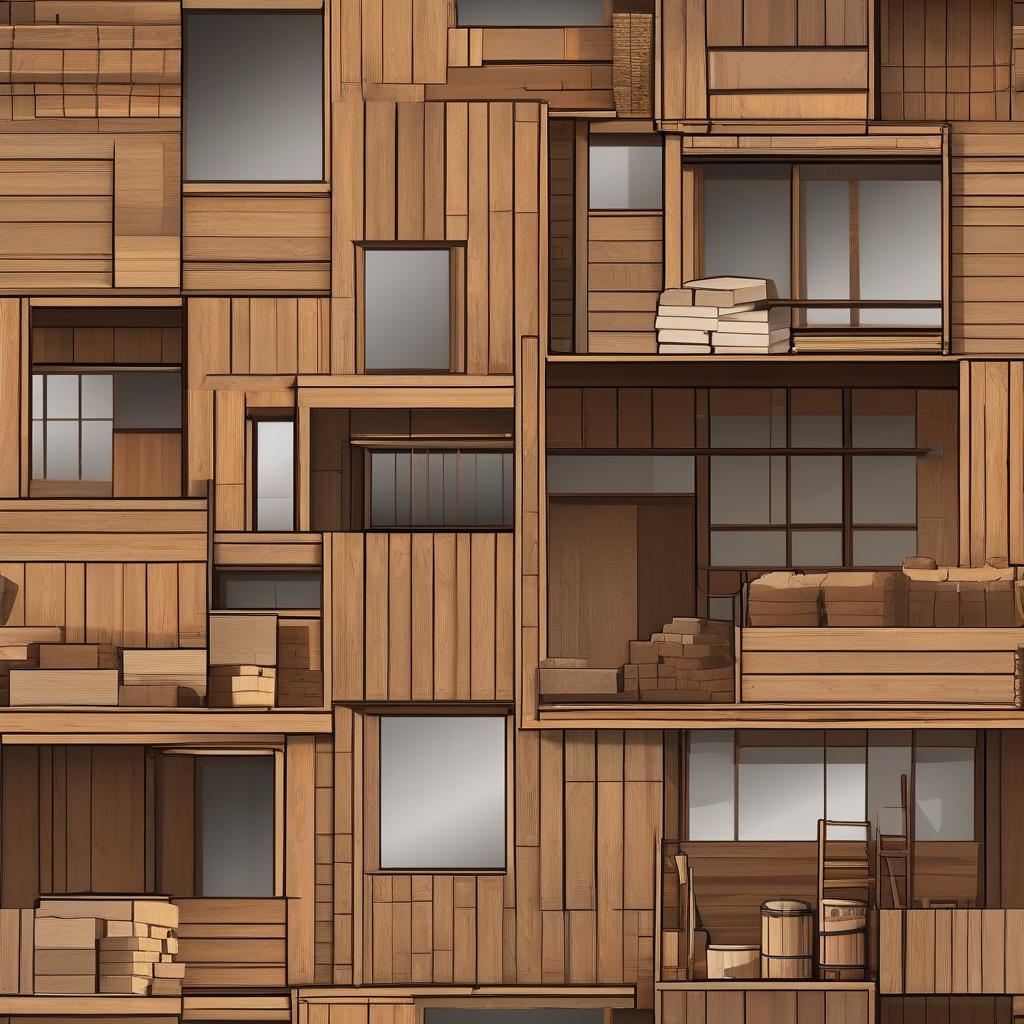Introduction
Discover eco-friendly green roofing options that naturally cool your home, improve energy efficiency, and promote sustainability. Explore the benefits and ideas for incorporating greenery into your roofing. As global temperatures rise and urban heat islands intensify, homeowners increasingly seek sustainable ways to keep their homes cool. While effective, traditional air conditioning systems contribute to energy consumption and greenhouse gas emissions. Enter green roofing—a natural solution that merges aesthetics, ecology, and practicality.

This article explores green roofing options, their cooling benefits, installation considerations, and environmental impact, providing a comprehensive guide for eco-conscious homeowners.
What Is Green Roofing?
A green roof, or living roof, is a layered system installed atop buildings, incorporating vegetation over a waterproof membrane. These roofs range from simple grass covers to elaborate gardens. Beyond cooling, they manage stormwater, improve air quality, and enhance biodiversity. Their ability to mitigate heat makes them a standout solution for sustainable living.
Types of Green Roofing Systems
Extensive Green Roofs
-
- Depth: 2–6 inches, lightweight.
- Plants: Hardy, low-maintenance species like sedum, moss, and herbs.
- Benefits: Ideal for sloped roofs, minimal upkeep, and cost-effective.
- Cost: 10–10–25 per sq ft.
- Best For: Residential homes seeking eco-friendly cooling without heavy investment.
Intensive Green Roofs
-
- Depth: 6+ inches, resembling traditional gardens.
- Plants: Shrubs, trees, and vegetables.
- Benefits: Recreational spaces, high biodiversity.
- Cost: 25–25–50+ per sq.ft.
- Best For: Commercial buildings or homes with strong structural support.
Semi-Intensive Green Roofs
-
- Hybrid of extensive and intensive, balancing biodiversity and maintenance.
- Plants: Grasses, perennials, small shrubs.
Modular/Tray Systems
-
- Pre-planted trays for easy installation and replacement.
- Pros: Flexibility, ideal for retrofitting.
Blue-Green Roofs
-
- Integrate water storage to manage runoff and enhance cooling through evaporation.
How Green Roofs Cool Your Home
- Thermal Insulation
Green roofs act as insulators, reducing heat transfer. A study by the National Research Council of Canada found they reduce heat flux by up to 70% (NRC, 2005). - Evapotranspiration
Plants release moisture, cooling the air. Research from the University of Michigan notes green roofs can lower rooftop temperatures by 30–40°F compared to conventional roofs (UMich, 2008). - Combating Urban Heat Islands
Cities like Chicago report temperature reductions of 10°F in areas with green roofs (EPA, 2021).
Environmental Benefits Beyond Cooling
- Stormwater Management: Absorb 70–90% of rainfall, reducing runoff (GRHC).
- Biodiversity: Provide habitats for pollinators and birds.
- Air Quality: Filter pollutants and CO2; a 1,000 sq ft. green roof can remove 40 lbs of particulate matter annually (EPA).
Installation Considerations
- Structural Assessment
- Ensure your roof can support 15–50 lbs/sq.ft. Consult an engineer.
- Layers of a Green Roof
- Waterproof membrane, root barrier, drainage, growing medium, vegetation.
- Maintenance
- Extensive roofs: Annual checks. Intensive: Regular gardening.
- Cost Analysis
- Long-term savings: Energy bills reduced by 10–30% (DOE).
- Plant Selection
- Drought-resistant plants (sedum, native grasses) for low-water use.
Case Studies
- Chicago City Hall: Reduced temps by 50°F on summer days.
- Vancouver Convention Centre: Hosts 400,000+ plants, cutting energy use by 20%.
Frequently Asked Questions
Q: Can I install a green roof on an existing home?
A: Yes, with structural verification. Modular trays simplify retrofitting.
Q: Are green roofs expensive?
A: Initial costs are higher, but energy savings and longevity offset this.
Q: Do they work in cold climates?
A: Yes! They provide insulation in winter.
Q: Can I DIY a green roof?
A: Possible for extensive systems, but professional consultation is advised.
Conclusion
Green roofs offer a symbiotic relationship between architecture and nature, delivering cooling, cost savings, and ecological benefits. Whether opting for a minimalist sedum cover or a rooftop oasis, this innovative solution paves the way for a sustainable future.


